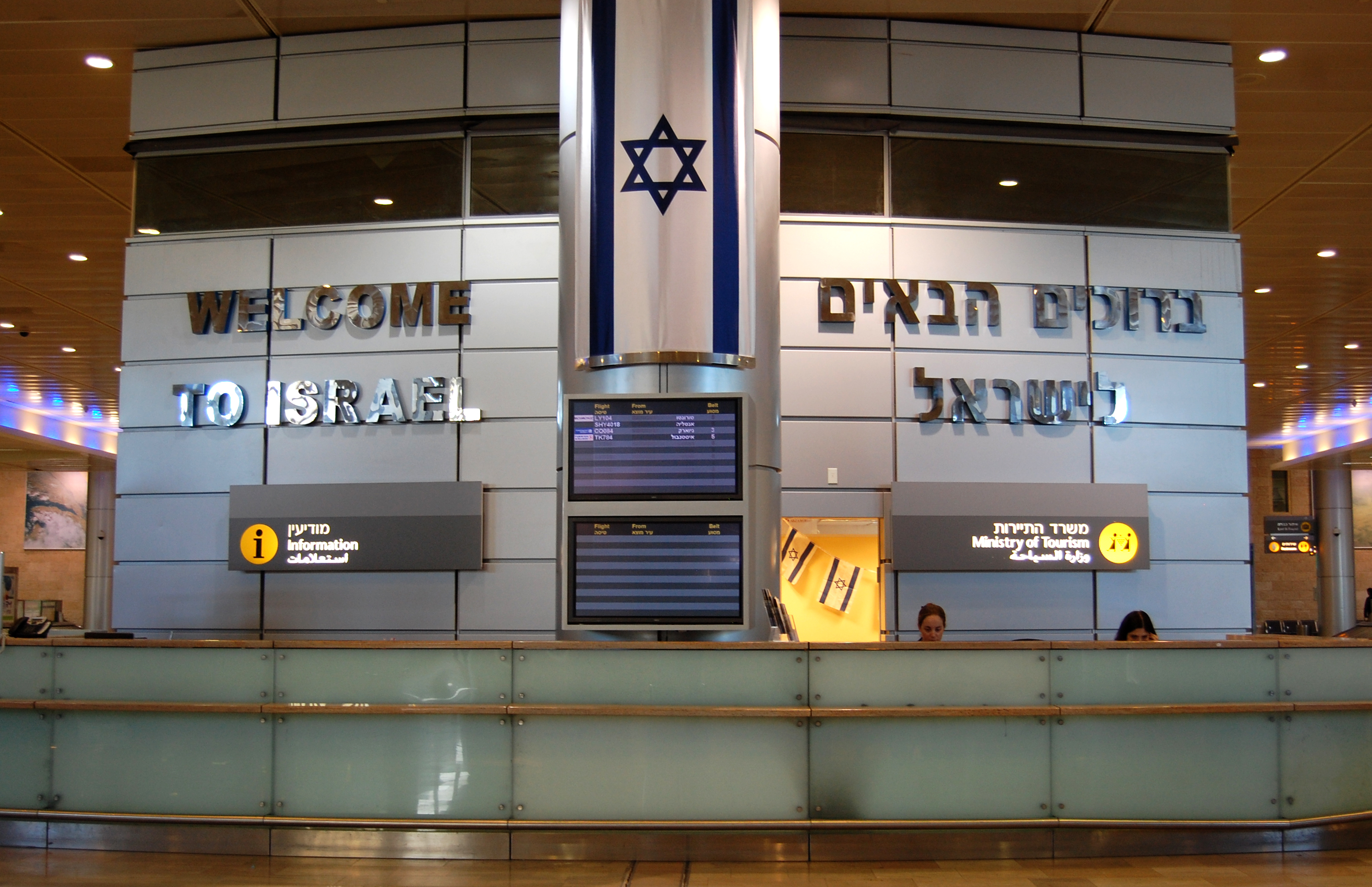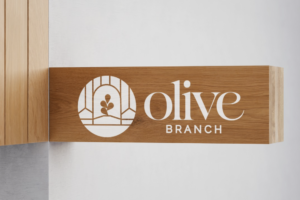Understanding Chapter 11 Bankruptcy
What is Chapter 11 Bankruptcy?
Chapter 11 bankruptcy, often referred to as “reorganization” bankruptcy, allows businesses and individuals to restructure their debts while continuing operations. This type of bankruptcy enables the debtor to propose a reorganization plan aimed at keeping the business alive and paying creditors over time. Unlike Chapter 7, which involves liquidation, Chapter 11 allows the entity to maintain control of its assets during the reorganization process, operating as a “debtor in possession” (Investopedia) (United States Courts).
Key Features of Chapter 11
- Debtor in Possession: The debtor usually remains in control of the business and its assets, performing many functions that a trustee would in other bankruptcy chapters.
- Reorganization Plan: The debtor proposes a plan to restructure its debts, which must be approved by the court and agreed upon by the creditors. This plan may include downsizing operations, renegotiating debts, and sometimes liquidating assets (United States Courts).
- Automatic Stay: Filing for Chapter 11 triggers an automatic stay, which halts creditors’ collection efforts and allows the business to reorganize without pressure from existing debts (United States Courts).
Prevalence and Outcomes
Chapter 11 bankruptcy can be complex and costly, making it less common than other types of bankruptcy. Companies generally consider it only after exploring other options. Despite its challenges, it provides a pathway for businesses to emerge healthier. However, the success rate varies significantly:
- Survival Rates: Historically, about 10-15% of companies successfully reorganize under Chapter 11. The success rate can vary based on industry, company size, and the specifics of the financial distress (Investopedia) .
- Trends: In 2022, there were 3,816 Chapter 11 filings in the U.S., indicating a downward trend compared to previous years when filings peaked during financial crises (The Credit Research Foundation).
Advantages and Disadvantages
Advantages:
- Continued Operations: Businesses can keep operating, generating cash flow that can help in the repayment process.
- Potential for Full Recovery: Creditors may recover more through reorganization than through liquidation.
Disadvantages:
- Costly and Complex: Chapter 11 is the most expensive form of bankruptcy, involving high legal and administrative costs.
- Time-Consuming: The process is lengthy and requires substantial management time and resources (Investopedia) (United States Courts).
Chapter 11 bankruptcy offers a lifeline for struggling businesses by providing a structured path to reorganization and potential recovery. However, it is crucial to weigh its complexities and costs against other available options. For more detailed information, you can visit resources like Investopedia and the U.S. Courts.



















































